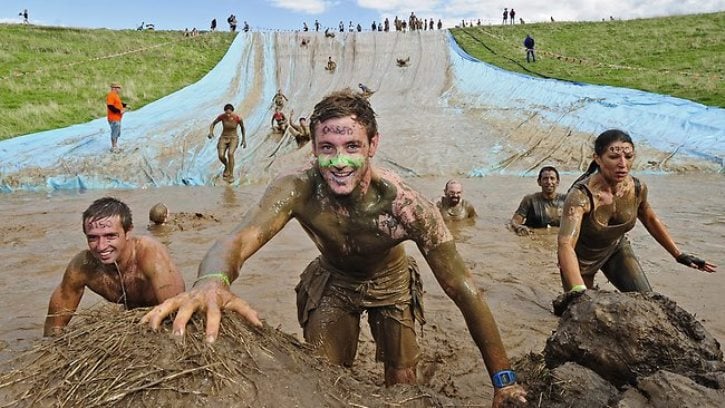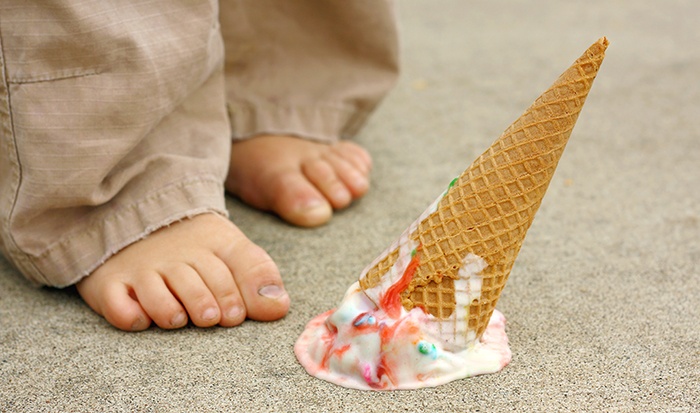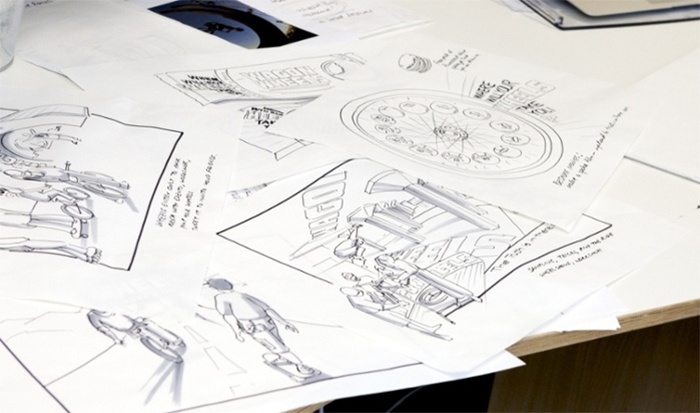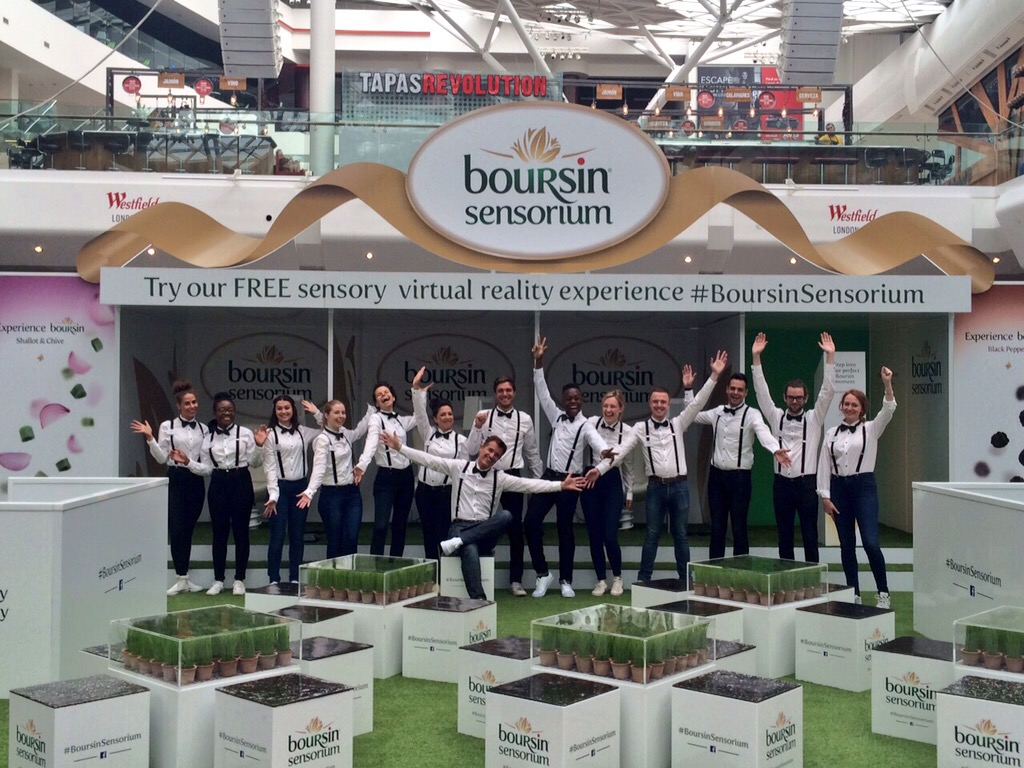When it comes to grabbing attention, there’s nothing quite like a live brand experience.
Usually carefully planned to capture the hearts and minds of consumers in a quest to build sought-after loyalty and brand love, experiential marketing can be tremendously powerful.
But, like all things in life, brand experiences can go pear-shaped if not handled with care.
We’re not here to point fingers at unsuccessful campaigns carried out by others. That’s not our style. Rather, we want to make sure that the worst doesn’t happen to you and your brand. In our experience, brand experiences go awry for a few key reasons.
1. You didn’t set goals
Planning lies at the heart of compelling brand experiences. While it might not sound very creative, taking the time to identify clear objectives at the beginning of the process is crucial.
Are you looking to create buzz and drive word of mouth for a brand new product? Do you need to see a swift sales uplift? Perhaps you want to educate a niche audience about a particular hot topic or boost your social reach and share of voice?
Setting measurable goals and understanding what success looks like from the off plays a big role in making sure that the experiential approach taken is the right one for your brand.
2. Your budget was unrealstic
We hate to mention money, but it really does make the world go round. It also influences the scope of brand experience that can be offered up effectively.
The budget you assign to your experience should be largely informed by the results you expect to see and who you want to reach. There’s no hard and fast rule, but the important thing is to not see experiential as an add-on or a way to use up available marketing budget. To succeed and deliver real value, live brand experiences need to either be carefully built in to the wider integrated campaign planning process or strategically delivered as standalone tactical campaigns.
Experiential marketing shouldn’t be done on the cheap. Doing so will impact reach, the quality of messaging and key campaign elements such as staffing and planning. The very fact that heavyweight brands such as Adidas, Samsung, Coca-Cola and Red Bull were amongst the biggest spenders in experiential marketing in 2015 shows increasing appreciation for experiential’s value.
You’ll get out what you put in, but it can be hard to know where to start. That’s why our Brand Value Generator is so popular, proving the financial value of live brand experiences. Simply put, the amount you spend should link to the ROI you desire back. A minimal investment is likely to yield a minimal return.
3. You took a punt on an idea and it didn’t work
Creativity is, of course, a very good thing when it comes to brand experience. Surprising and delighting consumers is key to achieving brand cut-through and making an impact. But a creative approach should be grounded in reality. Blue sky thinking’s all well and good, but only if it’s logistically possible to execute in the real world.
Whether you’re an FMCG brand, blue-chip corporate or Government department, experiential marketing can deliver hugely – but the idea and execution must be spot on, and designed to reach the right people at the right time in the right way.
You may think you have a great idea, but being honest about how appropriate a certain type of experience may be for your brand is well worth the time.
Fail to do so, and you could end up with an epic fail on your hands.
4. You picked the wrong location and brand ambassadors
‘Location, location, location’ and ‘people buy from people.’ Two clichés as old as the hills, but both trotted out time and again because they are so very true.
The very best brand experiences are ones executed in the right location to achieve maximum brand impact. If you’re looking to reach big numbers with product samples, for example, you’d be best to avoid a niche event such as a county show that won’t provide access to a wide demographic – however, this could be perfect if you want meaningful conversations with a select audience.
Pick the wrong spot and your big splash could be little more than a drop in the ocean.
Your brand experience should also be fronted by the right people. The right brand ambassadors will understand the wants and needs of your target audience and relate accordingly. On the flip side, poorly trained staff that are either disinterested or lacking in product knowledge can really sour an experience.
Never underestimate the value that face to face connections play in our increasingly-disconnected world.
5. You didn’t work with the right partner
Experience is everything when it comes to brand experience marketing. A well-rounded understanding of audiences, tactics, investment levels and measurement can only come from a partner that has accrued years of experiential marketing knowledge and knows what works.
The right partner will ensure that creative ideas are rooted in consumer insight and executed with a laser focus on results. The wrong one will is likely to plough ahead with activations that look great on paper, but miss the mark completely out in the field.
More than 50 million live brand conversations have been overseen by Because over the last 20 years. That insight is at the heart of the success of the experiences we deliver for a large number of leading brands, and that’s why we stand by each and every one of our brand experiences.
Make sure that your next activation doesn’t bomb. Take a look at our free five-part brand experience workbook now and protect your brand from failure.